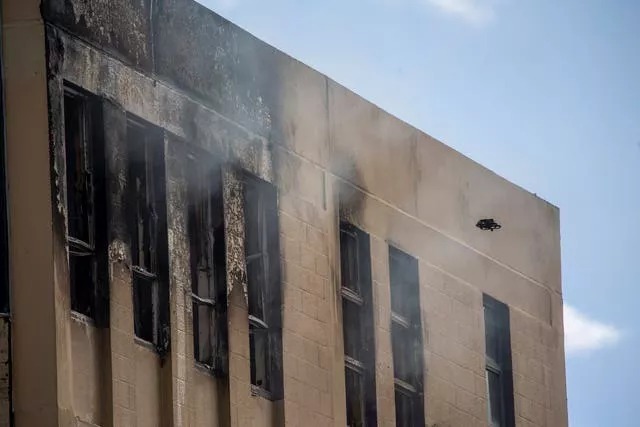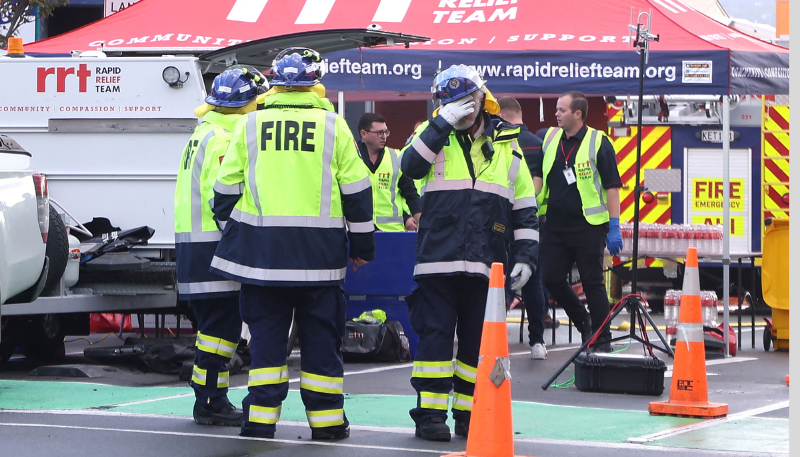In the early hours of Tuesday, a fire blasted through a four-story hostel in New Zealand's capital, killing at least six people as others fled for their lives, with some pulled from the roof.
During the night, 80 firefighters and 20 vehicles battled the incident, which was spotted pouring from the top-floor windows of the Loafers Lodge hostel in central Wellington.
Emergency services said multiple people perished in the 92-room hostel, while 52 people were evacuated.
Prime Minister Chris Hipkins stated at least six people were killed, and the city's mayor suggested the death toll could be far higher.

Did you read this?
According to Fire and Emergency deputy national, firefighters utilized a ladder truck to rescue those stuck on the roof.
"They plucked quite a few people off the top of the roof from an area directly above the fire," Nally told local news outlets.
"There was no other option. Those folks were about to perish unless our squad intervened. As a result, many people are walking around."
Nally stated that there were no sprinklers in the dormitory.
Eleven people remained unaccounted for, although he said that figure would likely drop "a little" in the coming days.
A 49-year-old construction worker Martin Davis claimed he left out a side door "and watched the building go up in flames."
According to David, many people smoked in their rooms.
Some occupants claimed that the building's smoke alarm went off so frequently that they believed it was an emergency when it rang in the middle of the night. Others claimed to have heard nothing.
According to fire officials, approximately 90 individuals were believed to be inside the building when the fire broke out.
The incident was termed as "an absolute tragedy" by the prime minister.
When asked how many people had died, Hipkins stated, "I understand six confirmed previously, but it looks like there are likely to be more."
He added the ultimate death toll would not be known until rescue personnel discovered the remains of those slain.
The New Zealand leader also stated that several shift workers lived at the hostel, making it difficult to determine how many people were present.









